
views
Common Causes & Solutions
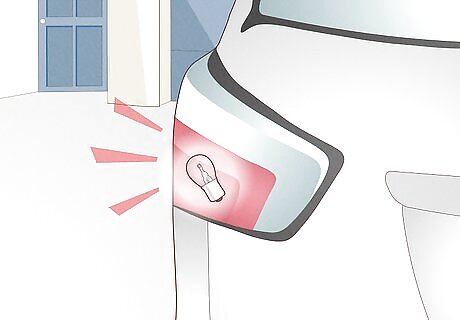
Bulbs are out Sometimes, the most mundane explanation is the most likely. Brake light bulbs burn out the same exact way that normal lightbulbs can burn out. In fact, brake lights go out more often than normal lights because the roughest wear and tear for a lightbulb is turning it on and off, which happens dozens of times for a brake light every day that you drive. If one of your bulbs goes out, it’s a good idea to just change all of the brake light bulbs. They tend to go out around the same time. Signs this is the issue: Either one of the lights goes out, or the lights go out at different times. This is also likely to be the case if it has been 4-6 years since your brake lights last died. The fix: Find a bulb designed for your specific make and model (Powerbulbs has a neat bulb finder here). Then, pop the trunk, remove the fasteners holding the light cover in place, and replace the bulb.

Fuse is blown Basically every electrical component in your vehicle has a dedicated fuse, and it’s possible the fuse for your brake lights is blown. Find the fuse box in your engine bay (it’s normally in a covered box close to the steering wheel). Remove the cover and locate the fuse dedicated to your brake lights. Remove it and test the fuse with a multimeter to see if it’s dead. The fuse layout for your vehicle is either in your manual or on your manufacturer’s website. If this happens repeatedly, it’s a big sign that either you’re using the wrong bulbs for your vehicle, or the socket itself is bad. Signs this is the issue: Both of your brake lights go out at the same time. You may also have an electrical failure indicator pop up on the dashboard. The fix: If the fuse is dead, purchase a replacement fuse designed specifically for your vehicle’s make and model. Then, insert the fuse in the dedicated fuse slot and you’re good to go!
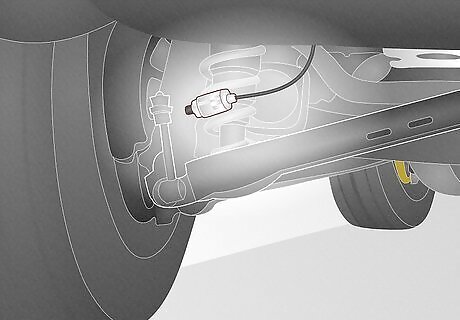
Brake light switch is broken The brake light switch is the on/off button that triggers the brake lights to come on when you depress the pedal. If the fuse for that switch goes out or the switch’s wiring fails, the brake lights won’t turn on when you press the pedal. Signs this is the issue: The brake lights come on intermittently when you press the pedal, neither brake light comes on, and/or your lights aren’t more than 1-2 years old. Some older vehicles have an analog switch, so there may not be a fuse to check at all. The fix: Check the fuse for the brake switch to see if it needs to be replaced. If it doesn’t, see a mechanic. They’ll find the problematic wire and replace or repair it.
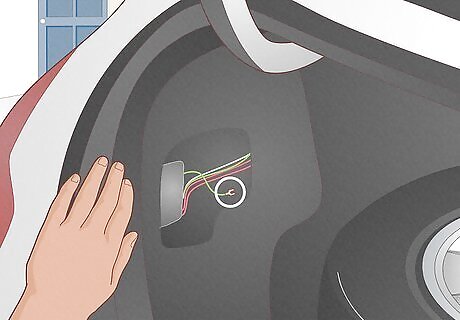
Faulty ground None of the electrical components in your vehicle work without being grounded. In most vehicles, every component is connected to the metal frame of your vehicle (the current goes through the frame and down to the rubber). If the ground for your brake light switch is disconnected or faulty, your brake lights won’t come on. Signs this is the issue: You’ve checked the fuses and bulb and your brake lights are still unresponsive. This may also be the cause if you’ve got other electrical issues, since many ground wires feed to the same part of the frame. The fix: This is kind of a whacky problem to diagnose at home, so see a mechanic. They’ll re-ground the component.
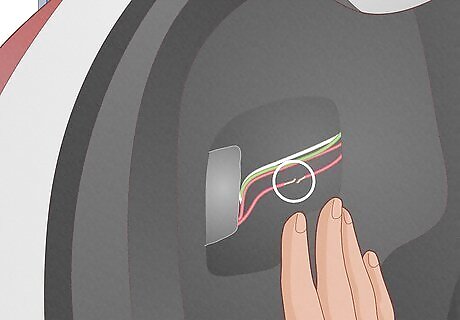
Damaged wiring There are wires running from your bulb to the brake switch, the switch to the fuses, and the fuses to the bulbs. In other words, there are a lot of wires. If one of them is damaged, it can keep your brake lights from coming on. Signs this is the issue: You’ve encountered squirrels or mice around or inside of your vehicle (they like chewing on wires), and the brake light warning symbol pops on. The fix: See your mechanic. They’ll find your faulty wire and replace it for you.
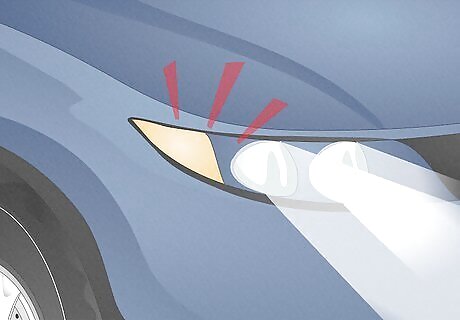
Turn signal issues On some vehicles, the brake lights are wired to the same fuse and circuit as your turn signal lights. In other words, if a turn signal fuse blows or a turn signal wire is damaged, your brake lights won’t work either. Signs this is the issue: Your turn signals are also not turning on. The fix: Drive over to your mechanic. They’ll find the source of your electrical woes and repair it.
Testing Your Brake Lights
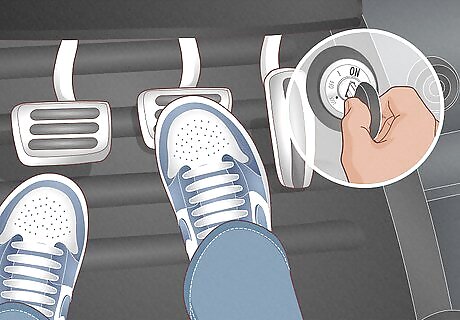
Turn the vehicle on and have a friend press the brakes. Unfortunately, there’s no easy trick here. Grab a friend, family member, or neighbor and ask them to sit in the driver’s seat. Ask them to press the brake pedal repeatedly in short-, medium-, and long-duration intervals to determine if your brake lights are turning on and off correctly. You can try putting a brick on the brake if you’d like, but you’ll only be able to see if the lights stay on—not if they’re turning on and off at the appropriate time.
Risks of Driving with Broken Brake Lights
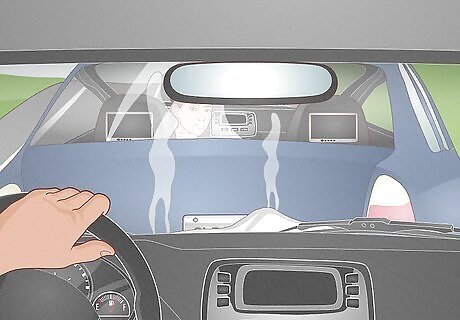
Increased odds of an accident Brake lights are arguably the most important safety component on your vehicle after the brakes themselves. They signal to drivers behind you that you’re slowing down, and without that indicator, the odds of an accident occurring grow exponentially. If you want to keep your insurance and repair costs low, get your brake lights fixed. It’s worth noting that most drivers do not look at the ground to take cues on when to slow down. They subconsciously look for brake lights. If they don’t see brake lights, it’ll take much longer for them to realize what’s happening.
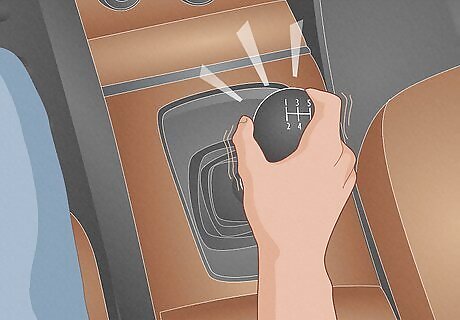
Shifting problems For complicated reasons that are kind of difficult to explain, the brake light switch is connected to your transmission, which controls the gears. Now, on some cars, the transmission will “listen” to that switch instead of the engine when it comes to appraising what gear you need to be in. So, if the switch is bad, you may have trouble shifting while you drive. This is not only dangerous but bad for your engine. This problem seems most common in cars made between 2005-2015, but there are still a few manufacturers that configure their transmission this way.
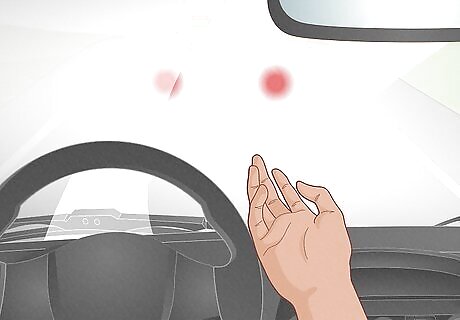
Danger in low visibility If there’s fog, heavy rain, or snow, your brake lights play an important role in the ecosystem of the road by providing key information to other drivers. For one, it signals to drivers far away that they’ll need to slow down soon. On top of that, it helps other drivers conceptualize how far away from things they are by giving perspective. Without your brake lights, you’re making it much more difficult for the drivers behind you to operate their vehicles safely when the weather is terrible.
Can I drive with no brake lights?

It’s highly unadvised to drive long without working brake lights. Look, you’re probably not going to damage your engine or anything, so you don’t need to call a tow truck, but it is important to get this one fixed. If you can’t repair the vehicle on your own, pick an unbusy route to the mechanic, wait for traffic to die down, and drive slowly. In a pinch, you can signal to the drivers behind you that you’re slowing down by putting your warning lights on!











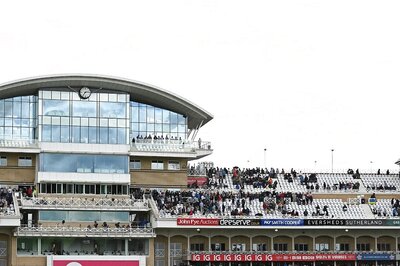


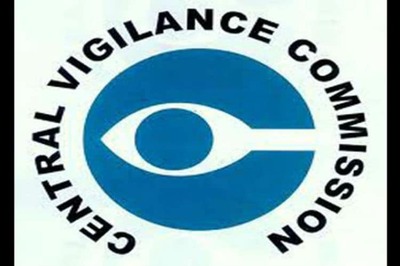





Comments
0 comment